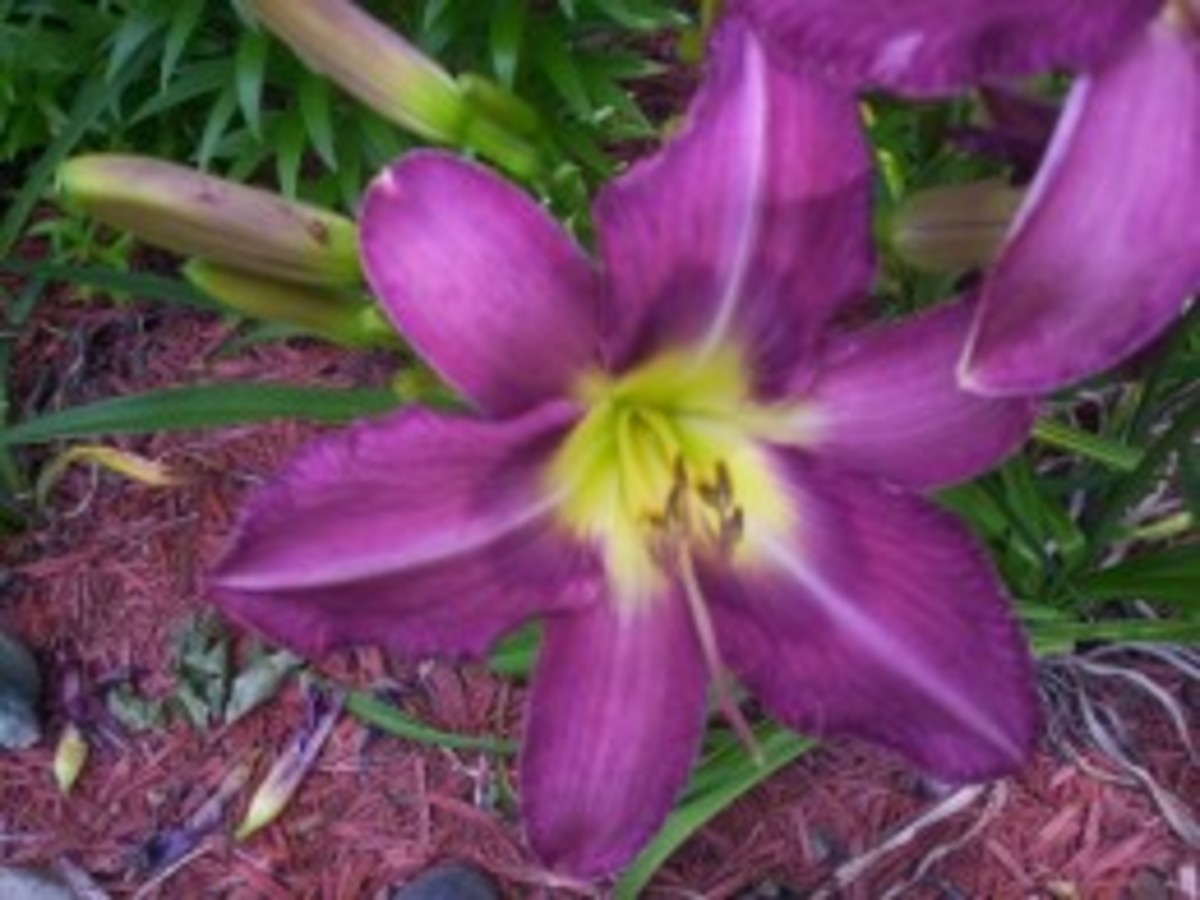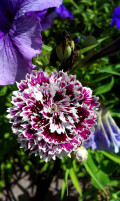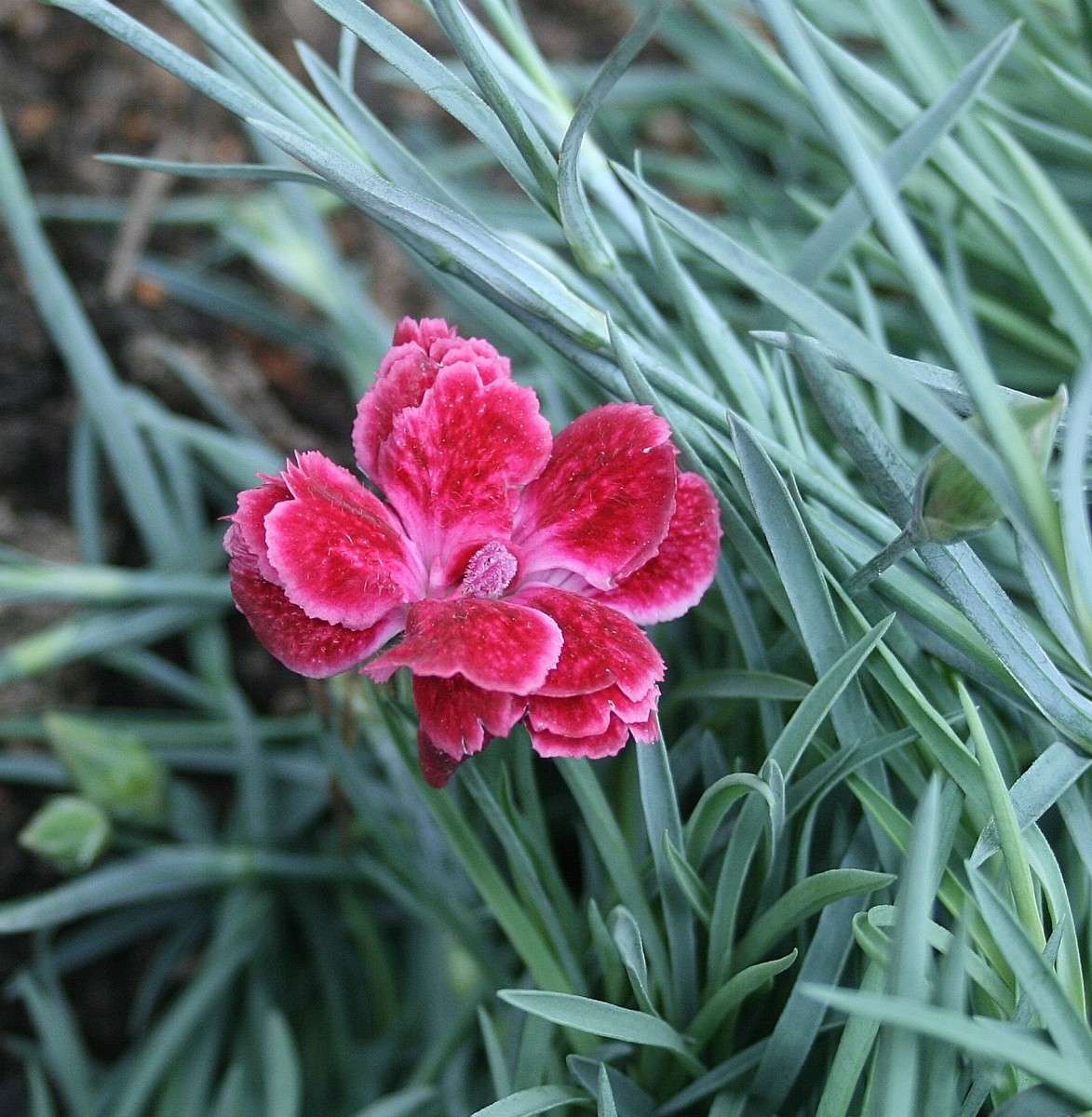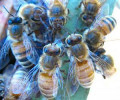- HubPages»
- Home and Garden»
- Gardening»
- Planting Flowers
How to Grow Daylilies (Hemerocallis)
Daylily Origins
Daylilies originated in Asia and are primarily grown for their flowers. They arrived in Europe in the 1700's and made their way across the pond to North America in the 1800's, where they were grown by frontier people. The pioneers had little leisure time for gardening, so the easy, no-fuss Daylily was a prized option to beautify their homesteads.
Their scientific name, Hemerocallis, means Beautiful Day (Origin Greek: Hemera means Day, Kalos means Beautiful).
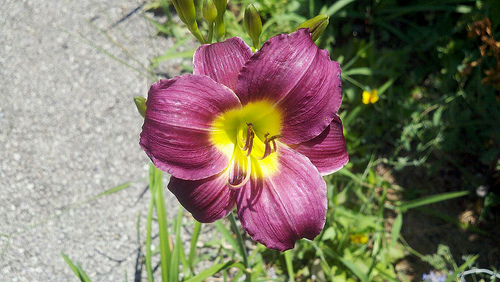
Daylily Virtues
The blooms of the Daylily only last a day, but a new bloom will always take it's place the very next day. Blooms open in the morning and stay open through mid-afternoon, turning their heads to the sun (much like Sunflowers do). Then the flower fades and again the cycle continues the next day.
Daylilies are great border plants placed in front of shrubs or taller perennials. They are great for softening the edge of a walkway as well. Many cottage gardens include Daylilies in their design.
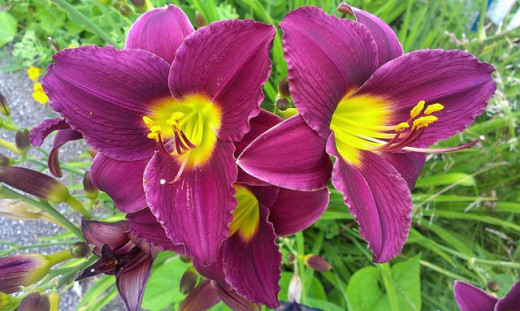
Daylily Quiz
Have you now or in the past ever grown Daylilies?
Daylily Care
Daylilies range in height from 24 inches to 3 feet depending on the variety and grows well in Zones 5 through 10. It prefers full sun, but does well in part-shade. For darker flower colored varieties, it is recommended you plant them in part-shade because full sun will "bleach out" the color on the blossoms. Lighter colored varieties can be planted in full sun.
Daylilies like regular watering in the heat of the summer, but doesn't like to sit in poor-draining soil. It is also very drought tolerant once established. It has a mature spread of about 3 feet per clump and likes to be divided every 3 years.
The best time to divide is in spring/early summer (around May for Zone 5).
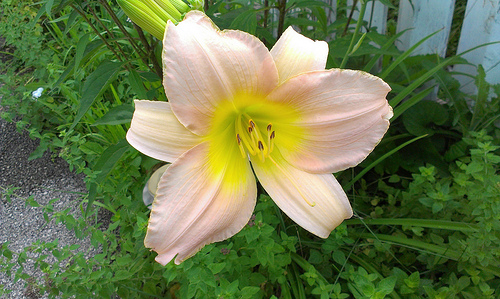
Daylily Propagation
The best way to propagate Daylilies is by division:
- Dig the clump in late spring or early summer.
- Take the clump and dip root ball into a bucket of water.
- Let it soak for a few hours. This will loosen soil from the roots and also tenderize the roots for easier detangling.
- Separate each clump as desired, trying to keep most of the roots intact (it is ok if you break some, the plant will survive!)
- Let divisions air out in a shaded spot.
- Plant the divisions in the desired location in your garden.
- Do this every 3 years.
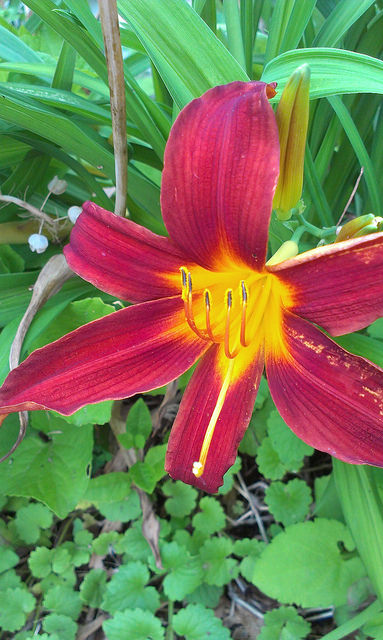
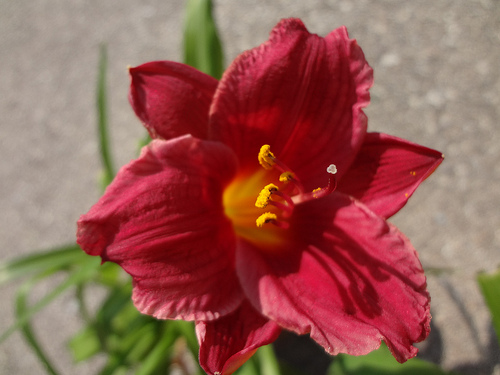
Daylilies That Go To Seed
Saving the seeds of Daylilies isn't recommended. The seed will not be true-to-type of the parent plant and you can wind up with an unattractive plant.
Daylilies and Cross Pollination
While they are not true to seed, you can cross-breed two different types to create a new variety. This is how many Daylily varieties on the market today have been bred. There are literally thousands of diverse varieties because of these hybridization efforts.
To create your new hybrid:
- When two different types are in bloom, take a small paintbrush or Q-Tip and brush the inside of one of the flowers, making sure you get some pollen on the tip.
- Take the pollen you have collected and brush it into the center of the other flower all around.
- Wait until the other flower head goes to seed.
- Collect the seeds.
- Plant the seeds in spring, either starting indoors in pots or they can be directly planted into the garden once the soil warms to about 65 degrees.
- Wait and try to be patient while the plant grows. It is like a science experiment to see what kind of flower you are going to get!
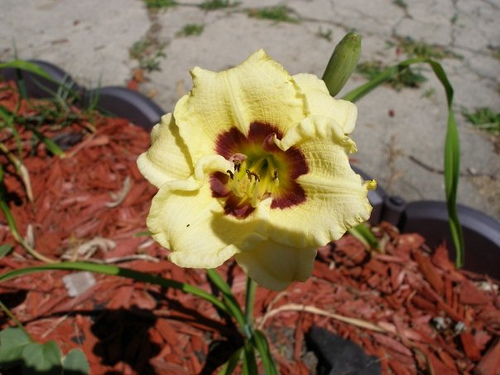
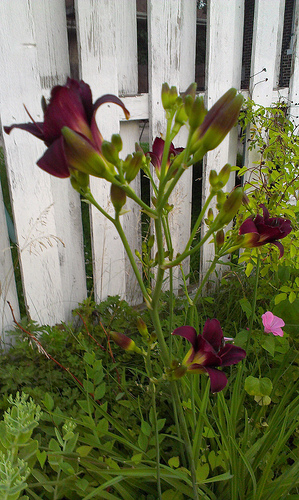
Daylilies are Edible
The flowers of some species of Daylily are edible and are used primarily in Chinese cuisine. The Chinese make Daylily Soup, include the petals in Hot and Sour Soup and in Moo Shu Pork dishes.
While the leaves are also edible, it is the blooms which are the most commonly used.
For More Information, Visit the American Hemerocallis Society
- Daylilies: The American Hemerocallis Society Home Page
American Hemerocallis Society's webite. Daylilies and more.
Article Content Poll
Was this article on Daylilies helpful?
© 2014 Lisa Roppolo

